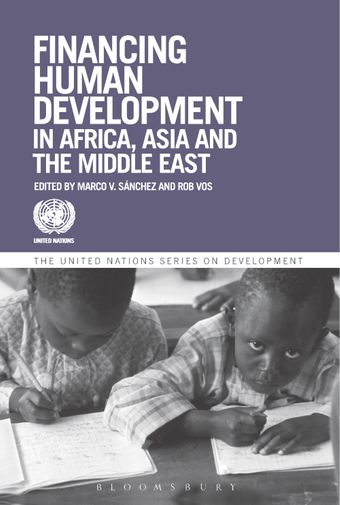Senegal

- Authors: Abdoulaye Diagne, François Joseph Cabral, Anne-Sophie Robilliard and Fatou Cissé
- Main Title: Financing Human Development in Africa, Asia and the Middle East , pp 119-138
- Publication Date: November 2013
- DOI: https://doi.org/10.18356/49f3239d-en
- Language: English
Senegal faces daunting policy challenges if it is to meet the millennium development goals (MDGs). The country’s economic and social developments to a large extent resemble those of other West African economies. In the 1970s, GDP growth closely tracked the average for all sub-Saharan African countries. Growth started to decelerate progressively in 1979 due to a sharp deterioration of the countries’ terms of trade. The depreciation of the dollar against the French franc, to which the Senegalese CFA franc is pegged under a fixed exchange rate regime, significantly reduced the competitiveness of Senegal’s exports. The world market prices for groundnut oil and phosphates, the two main export products, also declined steadily, widening the trade deficit and narrowing foreign reserves. High wages (in both the public and the private sector) and taxation, and other distortions in the business environment also affected the competitiveness of the private sector. The monetary situation rapidly worsened as a result of capital flight and the monetization of deficits. It was only through the relaxation of fiscal discipline that the government was able to better contain the social and political tensions. The vicious circle that stalled the Senegalese economy was halted in January 1994 with the nominal devaluation of the CFA franc. This marked the beginning of a second period in Senegal’s economic and social development.
© United Nations
ISBN (PDF):
9781780935607
Book DOI:
https://doi.org/10.18356/324d850a-en
Related Subject(s):
Economic and Social Development
Sustainable Development Goals:
Countries:
Senegal
-
From This Site
/content/books/9781780935607c008dcterms_title,dcterms_subject,pub_keyword-contentType:Journal -contentType:Contributor -contentType:Concept -contentType:Institution105
/content/books/9781780935607c008
dcterms_title,dcterms_subject,pub_keyword
-contentType:Journal -contentType:Contributor -contentType:Concept -contentType:Institution
10
5

